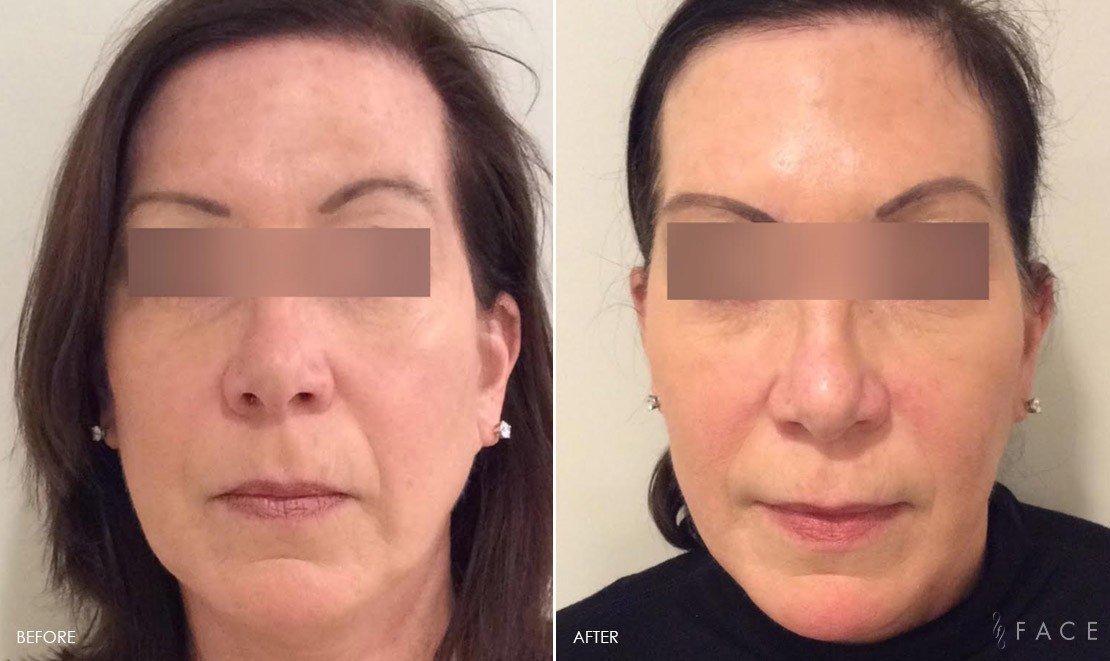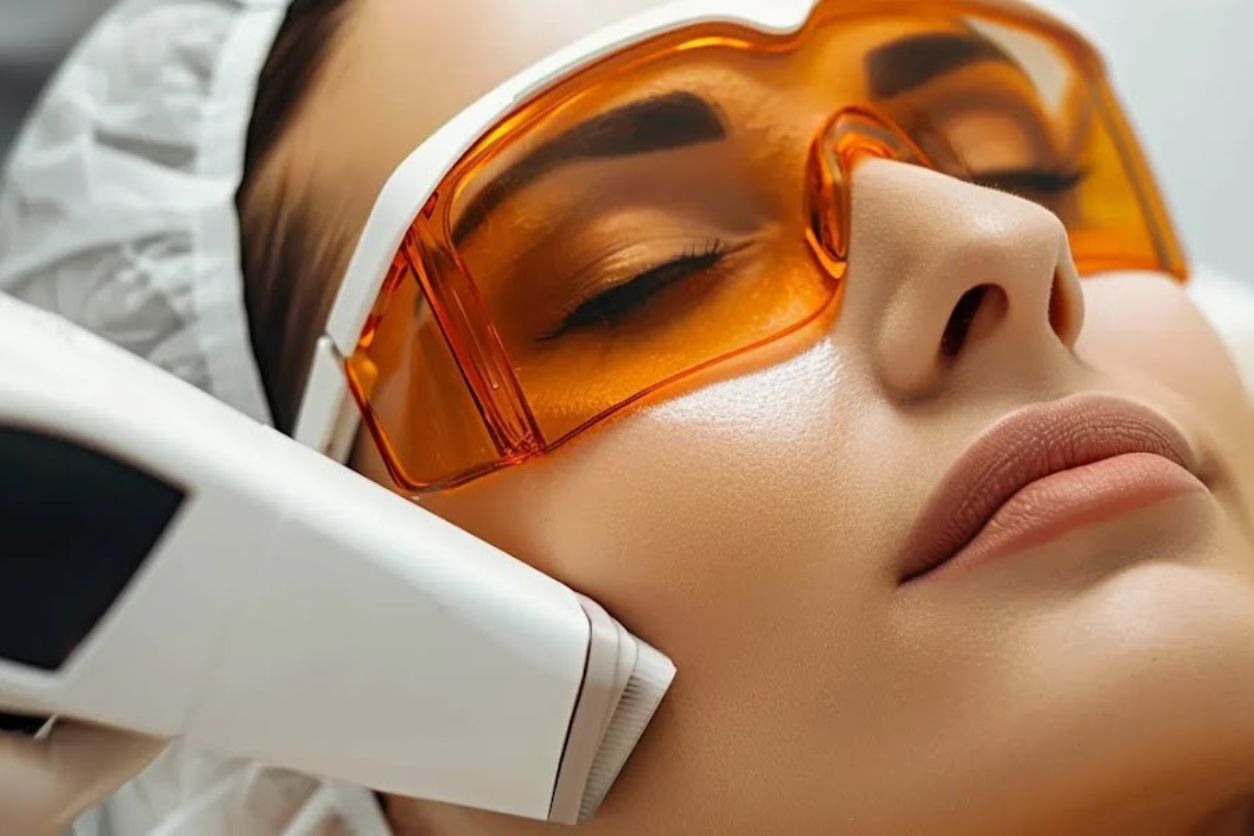How Safe is Botox®?
Even before Botox® had approval for cosmetic use, it found extensive use in the medical community treating delicate conditions like eyelid spasms, disorders such as chronic migraines, and even facial paralysis. The popularity and widespread use of Botox® show how safe and effective it is considered to be.
Botox for Pain Management
Botox is not just for aesthetics. It’s also effective in managing various types of pain.
Patients with TMJ (jaw pain) can benefit from Botox injections, which help relax the jaw muscles and reduce discomfort.
For neck pain caused by spasms or conditions like spasmodic torticollis, Botox helps by relaxing the affected muscles, providing relief from tension and stiffness.
Botox is also used to manage chronic myofascial pain. This condition affects the muscles and the surrounding tissue, causing persistent discomfort.
Additionally, Botox has shown benefits for nerve pain, such as sciatica and neuropathy, where it blocks nerve signals that cause pain.
Is There Any Downtime With Botox®?
You can resume normal activities after your Botox® treatment, which should last less than half an hour. You may have some swelling that lasts for minutes to an hour, and minor soreness in the injection area that will go away within a day.
Side Effects and Risks of Botox
While Botox is considered safe, there are some side effects and risks to be aware of.
Common side effects include swelling, bruising, and mild pain at the injection site. These typically subside within a few hours to a day.
Some patients may experience headaches or flu-like symptoms shortly after treatment. These effects are usually temporary.
In rare cases, more serious issues can occur. These include drooping eyelids (ptosis), muscle weakness, and trouble swallowing. If the toxin spreads beyond the treatment area, it can lead to unintended results like a crooked smile or drooling.
If you notice severe symptoms like shortness of breath or vision problems, it’s crucial to contact your doctor immediately.
Botox should be avoided by those who are pregnant, nursing, or have neuromuscular diseases.
What Results Will I See From Botox®?
You will begin to see results after about one to three days, although full results can take up to a week to develop. You will see your treated lines and wrinkles become smoother, so your face looks younger and more refreshed. Without heavy frown lines, you can look calmer and more relaxed. Results will last three to four months.
Botox and Psychological Effects
Botox doesn’t just affect muscles; it can also influence psychological aspects like mood and emotion.
Some studies suggest that Botox can reduce frown lines, which may improve overall mood. Patients who receive treatment for forehead wrinkles or crow’s feet often report feeling less anxious or depressed.
However, there’s also evidence that Botox might impair the ability to recognize emotions in others. Since facial expressions are part of how we interpret feelings, Botox could reduce sensitivity to emotional cues, especially when muscles around the eyes or mouth are treated.
These psychological effects aren’t typically long-lasting and will reverse as the Botox wears off. But it’s important to be aware of how Botox can impact not just your appearance but also emotional responses.
Many people find that they benefit from joining a program such as Injectfit™, the exclusive membership program for FACE, and/or Allē from Allergan. All ways to save money on regularly scheduled treatments to maintain your results.
Am I a Good Candidate for Botox®?
Most people can receive Botox® Cosmetic treatment. Botox® has a well-established safety record, and people all over the world receive Botox® every day.
How to Choose a Licensed Botox Provider
Selecting a qualified and experienced physician for your Botox treatment is crucial for safety and results.
Always ensure the provider has proper board certification in dermatology, plastic surgery, or aesthetic medicine. This helps reduce the risk of complications, such as botulism or ptosis from improper injections.
Ask about their experience with Botox, including the number of patients they’ve treated. This gives insight into their expertise.
It’s important to verify that the Botox used is sourced directly from reputable brands like Allergan. Avoid clinics that use counterfeit or low-quality products, as this increases the risk of severe side effects.
Check patient reviews and consult with the provider to make sure they understand your treatment goals.








